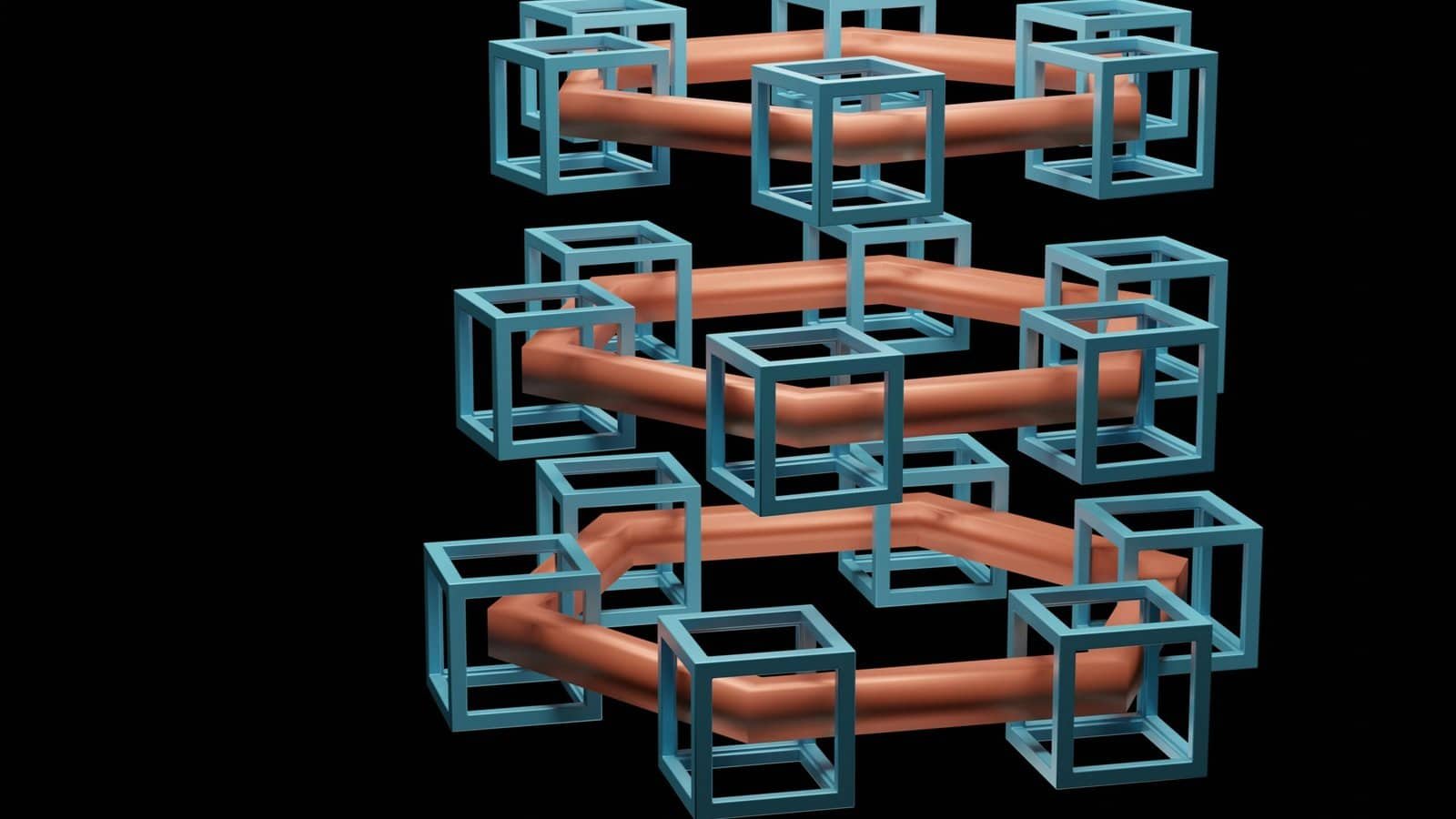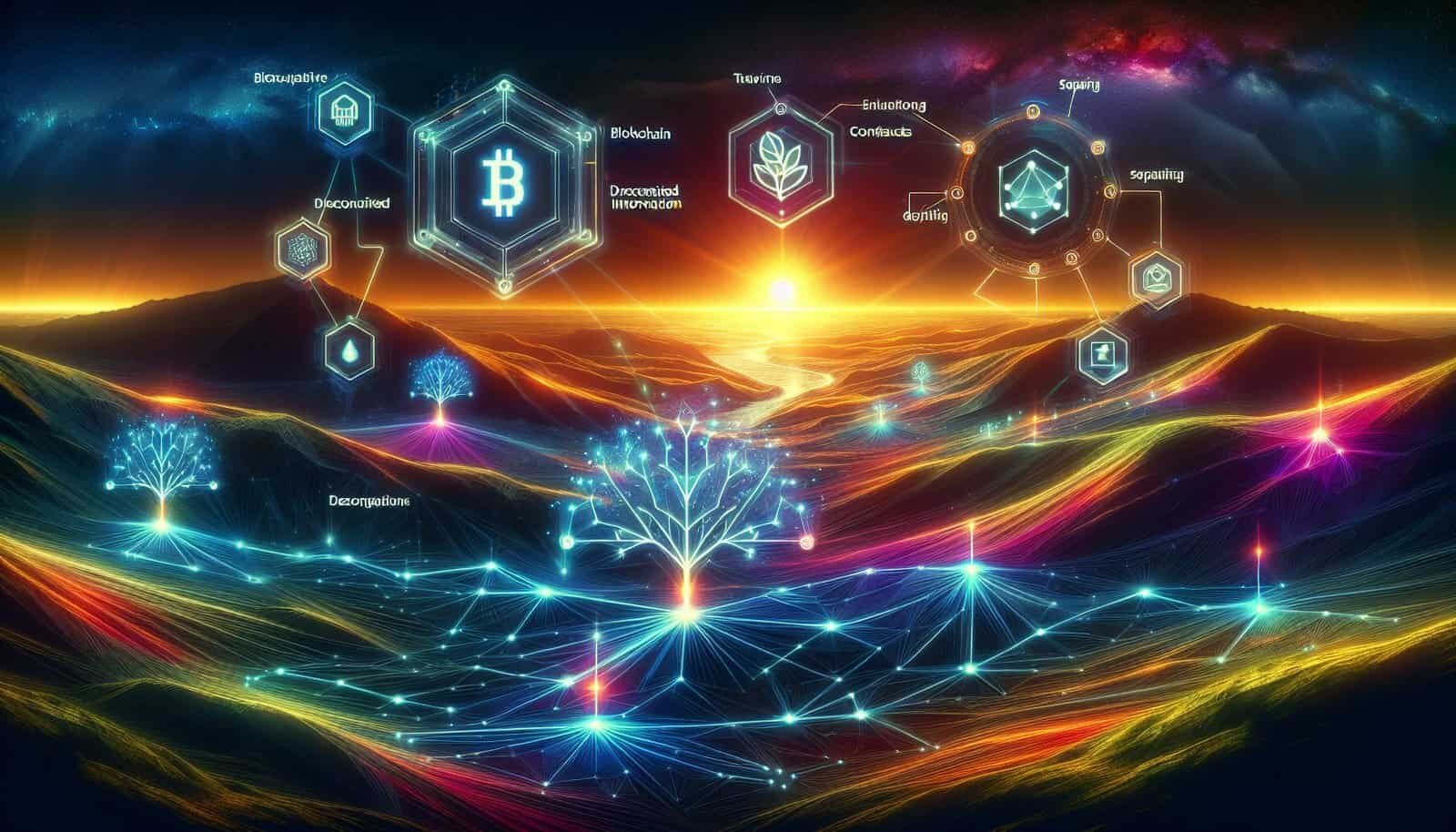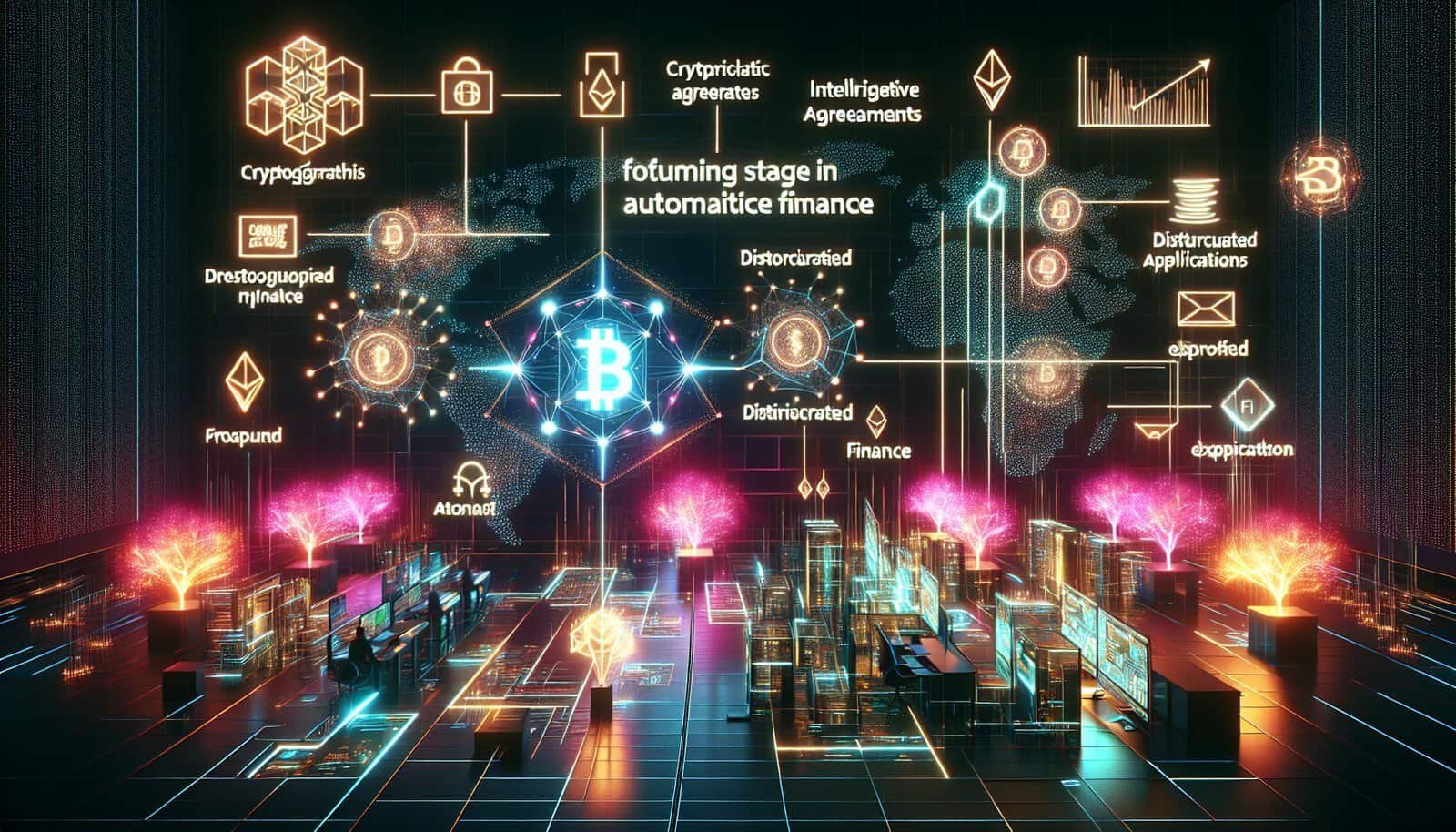Have you ever wondered how the world of decentralized finance (DeFi) could evolve into something even more intriguing and efficient than it is today? If so, you’re not alone. The introduction of DeFi 2.0 marks a significant leap forward for the financial world, promising to bring forth a slew of innovative solutions and opportunities. This transition isn’t just about improving what already exists; it’s about reimagining the possibilities of decentralized finance with a new breed of dynamic tools, the most fascinating of which are powered by artificial intelligence.

The Evolution from DeFi to DeFi 2.0
When DeFi first arrived on the scene, it was a game-changer, offering decentralization, transparency, and accessibility like never before. It took traditional financial systems and restructured them through the blockchain, giving you the ability to lend, borrow, or trade without needing banks or intermediaries. You might ask, what exactly does DeFi 2.0 bring to the table that wasn’t already there?
In simple terms, DeFi 2.0 builds on the strengths of its predecessor but with a sharper focus on sustainability, scalability, and interoperability, addressing some of the limitations that DeFi 1.0 encountered. While the original DeFi protocols laid the groundwork, the new wave of DeFi applications seeks to enhance user experience, make processes more efficient, and further decentralize control.
Key Innovations in DeFi 2.0
Let’s break down some of the critical advancements in DeFi 2.0. This wave introduces enhanced liquidity solutions, better risk management, and optimized yield farming techniques, all tailored for a more robust financial ecosystem. DeFi 2.0 isn’t just about innovation for innovation’s sake; it’s about creating value and minimizing risks for users like you.
Sustainable Liquidity Provision
In DeFi 1.0, liquidity was imperative but often short-lived and costly. Liquidity providers faced risks such as impermanent loss, which could make providing liquidity less appealing. DeFi 2.0 uses bonding mechanisms and protocol-owned liquidity to offer longer-lasting solutions. This approach not only generates more consistent returns but also stabilizes the ecosystem by significantly reducing dependency on third-party liquidity providers.
Cross-Chain Compatibility
In a digital ecosystem where various blockchains have emerged, interoperability becomes a significant hurdle. DeFi 2.0 addresses this by enabling cross-chain transactions, making it easier for different blockchains to communicate with one another. This means smoother transactions and a more united financial system, where you can move assets between chains without losing time or incurring hefty fees.
Improved Risk Management
Risk has always been a factor in DeFi, often due to the volatile nature of the crypto market and the complexity of smart contracts. DeFi 2.0 leverages intelligent algorithms and advanced data analytics to assess and manage risk more effectively, making your investments safer and potentially more rewarding.
The Role of AI in DeFi 2.0
Artificial Intelligence is spearheading a revolution within the DeFi ecosystem, enhancing its capabilities and bringing about efficiency and automation that were previously unimaginable. AI-powered trading bots are at the forefront of this revolution, giving you powerful tools to maximize your trading potential.
AI-Powered Trading Bots: What Are They?
These are sophisticated algorithms designed to analyze market trends, execute trades, and manage portfolios with precision and speed that no human could match. Powered by machine learning, they continually improve by learning from past data and outcomes, allowing them to adapt to market changes more effectively than ever before.
Advantages of Using AI Trading Bots
Speed and Efficiency: AI trading bots execute trades in real-time, responding to market changes much faster than manual trading could allow. You’ll find that they’re invaluable for taking advantage of fleeting opportunities in the volatile crypto market.
Emotionless Trading: One of the significant pitfalls for human traders is the influence of emotions on decision-making. AI bots aren’t swayed by emotions, enabling a more objective approach that focuses solely on data and probability.
Data-Driven Decision Making: With access to vast amounts of data, these bots analyze patterns and trends on a scale unimaginable for human traders. Their ability to process data ensures more informed decisions, potentially leading to better outcomes for your investment strategies.
Implementing AI in DeFi
Integrating AI with DeFi isn’t just about creating trading bots; it’s about evolving the entire financial experience. Imagine a smart contract that anticipates market dips based on continuous data analysis, or a lending platform that automatically adjusts interest rates based on predicted trends.
Table: AI Implementations in DeFi
| Application Area | AI Role | Benefits |
|---|---|---|
| Trading | Market analysis, trend prediction | Improved decision-making, efficiency, reduced risk |
| Risk Management | Real-time risk assessment, fraud detection | Enhanced security, reduced financial exposure |
| Asset Management | Portfolio optimization, auto-rebalancing | Increased returns, effective diversification |
| Customer Interaction | Chatbots, personalized user experience | Better client service, increased satisfaction |
Each area benefits significantly from AI technologies, making DeFi 2.0 not only more robust but also more user-friendly and secure.

Challenges and Considerations
Like any new technology, DeFi 2.0, with its AI components, is not without its challenges. Understanding these challenges is crucial as they guide you on how best to navigate this promising but complex landscape.
Scalability and High-Performance Needs
AI and DeFi require considerable processing power and efficiency. Ensuring that the infrastructure can handle rapidly increasing user demands while maintaining speed and accuracy is critical.
Security Concerns
AI systems in DeFi must be designed with stringent security protocols to prevent breaches. Hacking and fraud remain significant threats, especially when large amounts of capital are at play.
Regulatory Issues
As DeFi grows more complex, it inevitably attracts the attention of regulatory bodies. Legal considerations around transparency, compliance, and user protection will shape how DeFi 2.0 unfolds and impacts the ease with which you can engage with these platforms.

The Future of DeFi 2.0
The evolution of DeFi into DeFi 2.0 is more than an upgrade; it’s a fundamental shift in how financial systems operate. As technology continues to advance, what might this mean for you in the near and long term?
Enhanced Financial Inclusion
With AI-powered tools and improved DeFi protocols, more individuals around the globe could gain access to financial services. This potential for increased inclusion is immense and could redefine access to financial tools traditionally limited to specific demographic or geographical areas.
Synergy Between Tradition and Innovation
Traditional financial institutions are beginning to see the value in DeFi 2.0, leading to increasing collaboration. Such synergy could pave the way for hybrid models that offer the best of both worlds, blending security and oversight with innovation and flexibility.
Ongoing Transformation
The road ahead is an exciting one, with continuous innovations expected to reshape DeFi. These changes are not just technical but philosophical, shifting your perception of finance from a centralized, static entity to a dynamic, participant-driven network.

Conclusion
Embracing DeFi 2.0 entails understanding its potential, the transformative role of AI, and the ways it can enhance your financial interactions. Whether you’re an investor looking for better opportunities, a tech enthusiast curious about blockchain, or simply someone intrigued by the future of money, the advancements in DeFi 2.0 present exciting possibilities. So, as you ponder the future, consider how you might see yourself participating in this evolving financial landscape and what benefits it might bring to your personal or professional endeavors.

